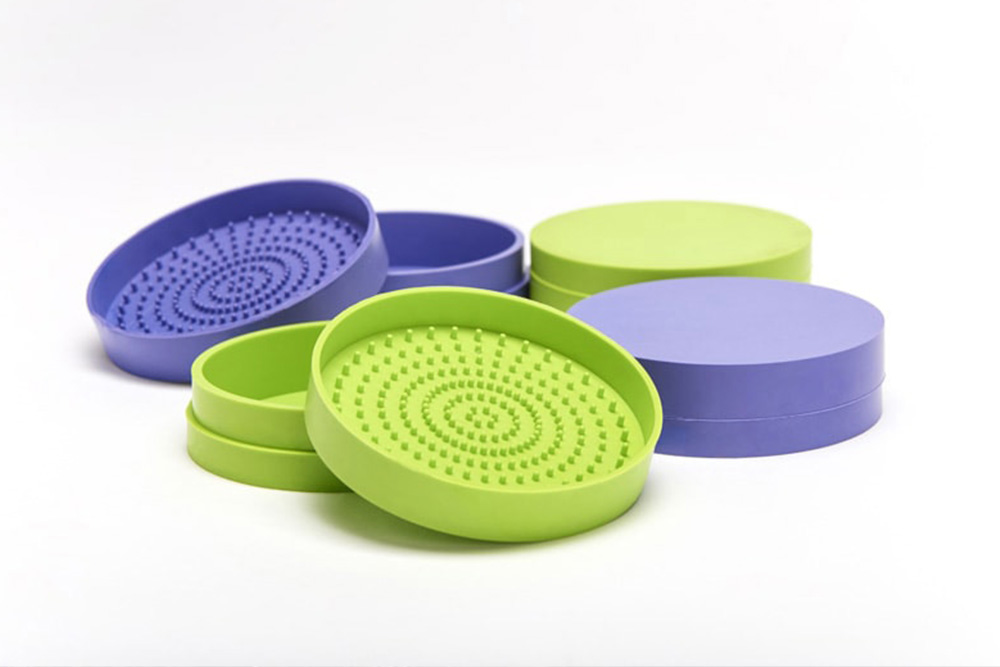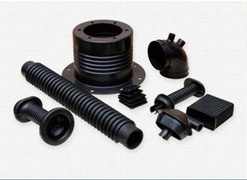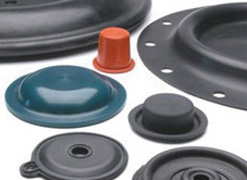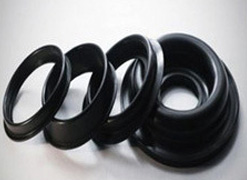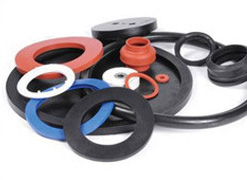Vacuum Casting Service
We offer a complete turnkey solution for creating master patterns and cast copies based on your CAD designs. We not only make high-quality molds but we also offer a full line of finishing services including painting, sanding, pad printing and more. We’ll help you create parts for showroom quality display models, engineering test samples, crowdfunding campaigns and more.
Do you need production quality plastic prototypes fast? Polyurethane vacuum casting may be the ideal solution for you.Rapid Workshop’s vacuum casting service is renowned for producing showroom quality display models, engineering samples, crowdfunding prototypes and more. And of course all of your parts are expertly finished with professional painting, printing and machining.
What Is Vacuum Casting?Polyurethane vacuum casting is a specialized technique for making high-fidelity copies of master patterns using inexpensive silicone molds and pourable casting resins. Copies made in this way demonstrate the same quality as plastic injection molded parts while taking only a fraction of the time and expense to produce. Advantages Of Vacuum Casting* Low cost for molds * Molds can be made in a few days * Many types of polyurethane resins are available for casting, including overmolding * Cast copies are highly accurate with excellent surface texture * Molds are durable for 20 or more copies * Perfect for engineering models, samples, rapid prototypes, bridge to production |
Enquire About Vacuum Casting
Enquire About Vacuum Casting
Do not hesitate to contact us for more information about vacuum casting. Your customer support partner
will contact you directly to answer any questions you may have.
When to Use Vacuum Casting?Product developers turn to vacuum casting when they need only a small volume, between 10 to 20 pieces, of production quality plastic parts while avoiding the long lead time and financial commitment of making plastic injection mold tools. These parts are used for prototypes and display models, for crowdfunding and trade show campaigns, to test a new design for fit and function, and as a bridge to larger production volumes. Vacuum casting can also be used for end-use parts in some applications, since the pourable casting resin effectively mimics the performance of ABS, Nylon, PP, acrylic and soft TPE rubber. | MaterialsThe vacuum casting materials that we use at Rapid Workshop are two-part resins that we mix just before pouring them into the silicone mold. These resins are analogs of common plastic injection molding material and they offer comparable appearance and performance. We can duplicate polypropylene, ABS, nylon, acrylic, and various hardnesses of soft elastomer. We can also add glass fibers to increase the stiffness of ABS and nylon for even more design options. |
CNC Machining: Further Reading
CNC Machining: Further Reading
There are three steps to making polyurethane vacuum cast parts: making the master pattern, making molds and casting the parts.
Step 1. Master Patterns
Patterns are 3D solids of your CAD designs. They are usually made by CNC machining or with 3D plastic printing such as SLA/SLS. You can supply your own patterns or we can make them for you. Patterns need to be able to withstand heating to 40°C.
A master pattern can be any physical solid of your design. They are often made either by CNC machining or some form of 3D printing such as SLA. Note, however, that a pattern made from 3D printing will not be quite the same as the CNC counterpart, since the later process uses round cutting tools that cannot make very tight radius corners.
Step 2. Making the Molds
Casting molds are made from liquid silicone. This silicone is poured around the master pattern inside of a casting box, and then allowed to cure in an oven for 16 hours. Once dried, the mold is cut open and the master removed, leaving behind an empty cavity in the exact negative shape of the original.
First the pattern must be carefully prepared, and that means sanding and sealing the surface with primer. Once it’s ready, it’s placed into a casting box and liquid silicone is poured around it. Depending on the size of the part, it can take 12~24 hours to fully cure inside of an oven. Once dried, the mold is cut open and the master removed, leaving behind an empty cavity in the exact negative shape of the original.
Step 3. Casting Copies
Your choice of casting resins can now be poured into the empty cavity to create a highly accurate copy of the original. It’s even possible to overmold with two or more materials. Silicone molds are typically good for 20 or so copies of the master pattern.
Vacuum Casting Tolerances
The finished dimensions of vacuum cast parts are dependent on the accuracy of the master pattern, the part’s geometry and the type of casting material used. Generally a shrinkage rate of 0.15% is to be expected.
Rapid Workshop Vacuum Casting Service FAQ
What makes Rapid Workshop’s vacuum casting service unique?
Our vacuum casting service is noted for its exceptional quality and speed. Our skilled technicians combine decades of experience with the latest technologies to produce exceptional prototypes and engineering models quickly. We can also further enhance your parts with a suite of finishing services including machining, media blasting, printing, painting and more.
Can Rapid Workshop provide design services, industrial design support or product development support as an extension of its vacuum casting services?
Yes. To supplement our vacuum casting services, we offer an expanded service geared for design-for-manufacturing support. While we once reserved this service only for approved orders, we now provide it to all incoming RFQs. We also offer light assembly services to meet your needs.
What are Rapid Workshop’s quality standards for its vacuum casting services?
To ensure the highest standard of quality for all of your finished parts, our team adheres to a strict quality control process. This starts with the verification and testing of all materials. During production, we meticulously control temperature, humidity and other processing conditions to maintain the highest degree of consistency in your parts.
How do I get a quote for Rapid Workshop’s vacuum casting services?
We make it easy to get a fast quotation. Simply upload your CAD files and product details and we’ll send you a free quotation within 24 hrs. or less.
What are the limitations of vacuum casting?
There are some limitations to the vacuum casting process. Developers need to use good design practices to ensure enough draft so the part can be released. For the same reason, avoid undercuts, deep ribs, bosses and other features that will destroy the relatively soft silicone mold when it opens.
What keeps the mold together in vacuum casting?
When our technicians cut the mold open to remove the master pattern, they make a sawtooth pattern on the cutline that acts like a key. This helps the mold to be resealed in the correct orientation for pouring resin. The mold merely needs to be taped and stapled shut to avoid any leakage during the pour.
Request Your Free Vacuum Casting Quote Today
Request Your Free Vacuum Casting Quote Today
Our improved algorithm decreases vacuum casting quotation times by up to 90%. Most quotes are delivered within 24 hrs. and usually much less, depending on project details.
Your customer support partner will contact you directly to ensure you’ve received and understand all aspects of your quotation and to answer any questions you may have.




